Clip 6: The hook
Clip 7: Warming up and embedding grammar and spelling
Clip 8: Warming up the tune of the text
Clip 9: Teachers warming up the words at Warren Road Primary, Orpington
Clip 10: Pupil demonstrating the difference it makes
Clip 10a: Short-burst creative writing
Clip 11: Imitating the model text
Clip 12: Advice on how to help children imitate the model
Clip 13: Examples of children storytelling
Clip 14: Why internalising text matters
Clip 15: Modelling how to text map and express a story
Clip 16: The importance of teaching connectives and related actions
Clip 17: Oral independent retelling
Clip 18: Introducing the written version of the text
Clip 19: Reading as a reader – vocabulary
Clip 20: Reading as a reader – comprehension
Clip 21: Reading as a reader – booktalk
Clip 22: Reading as a reader – overview of strategies
Clip 23: Reading as a writer – boxing up
Clip 24: Reading as a writer – co-construcing the writing toolkit
Clip 25: Making the learning visible
What is Talk for Writing?
Talk for Writing is an engaging teaching framework developed by Pie Corbett, supported by Julia Strong. It is powerful because it is based on the principles of how children learn. It enables children to imitate the language they need for a particular topic orally, before reading and analysing it, and then writing their own version.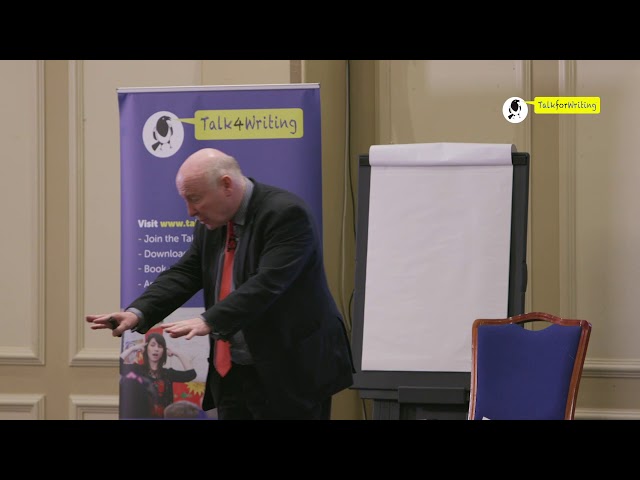
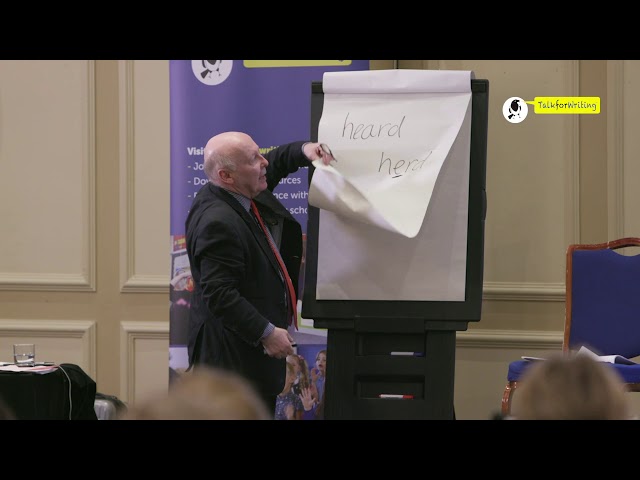
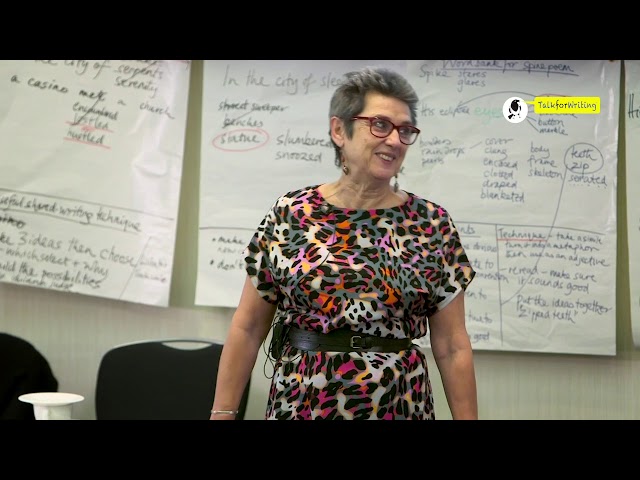
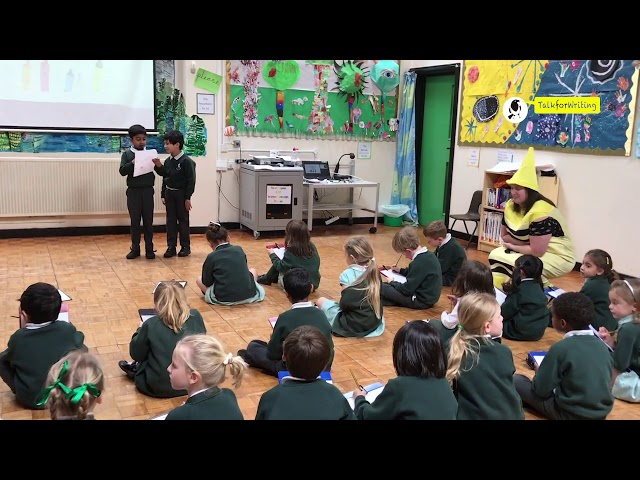
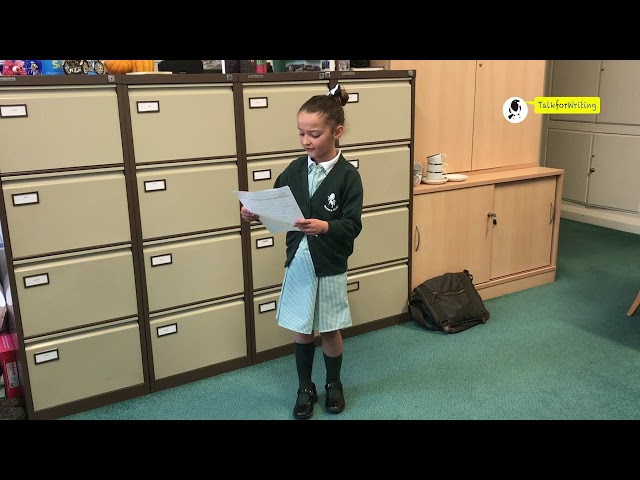
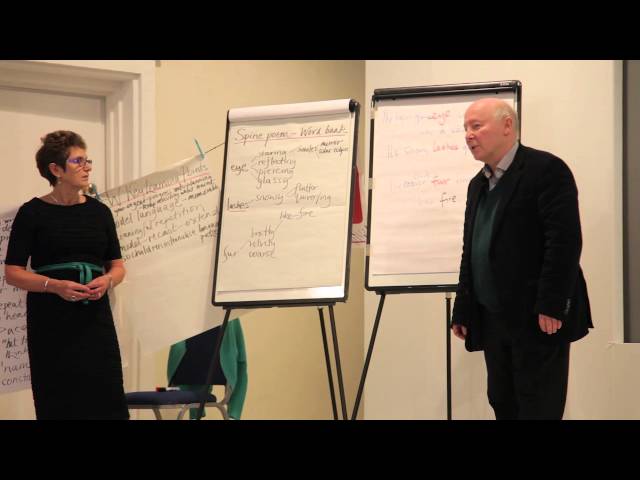
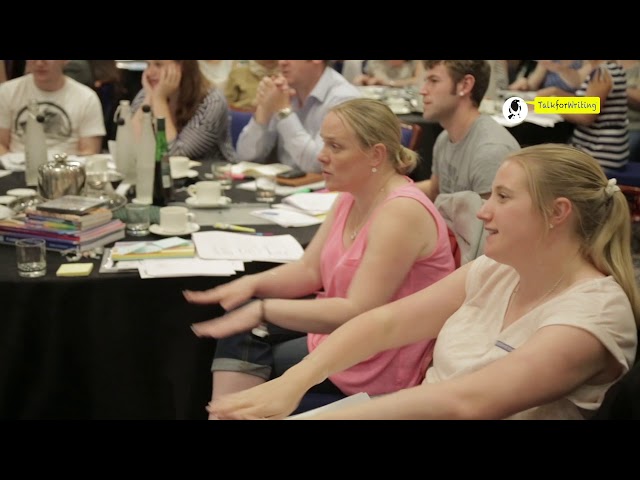
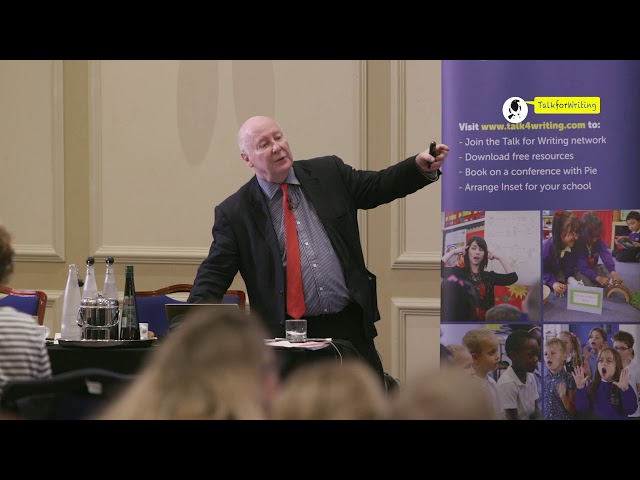
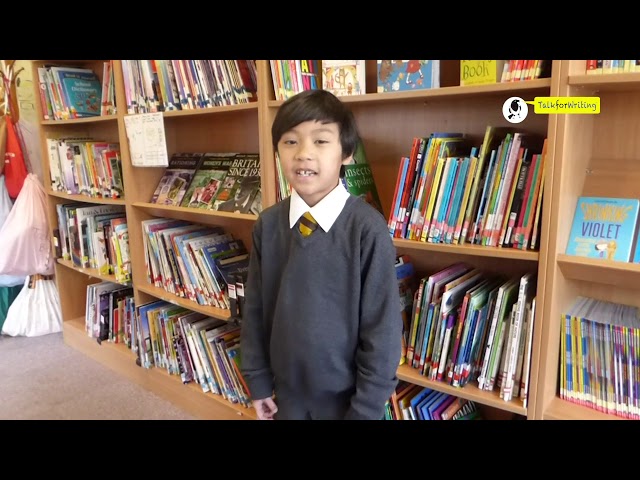
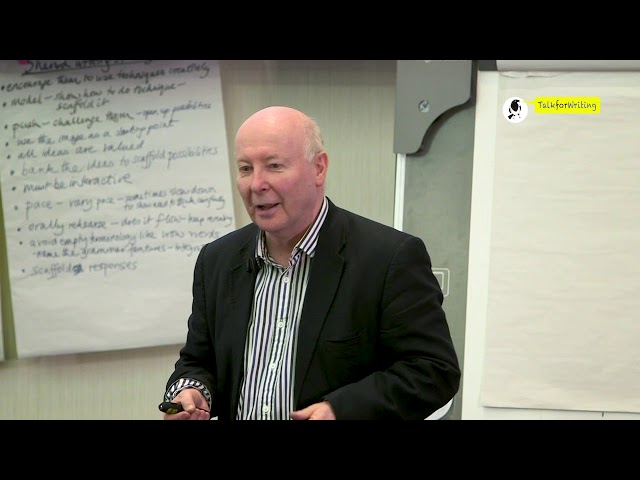
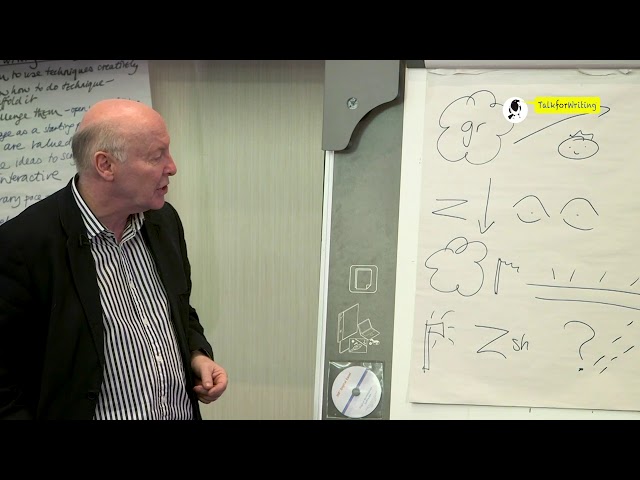
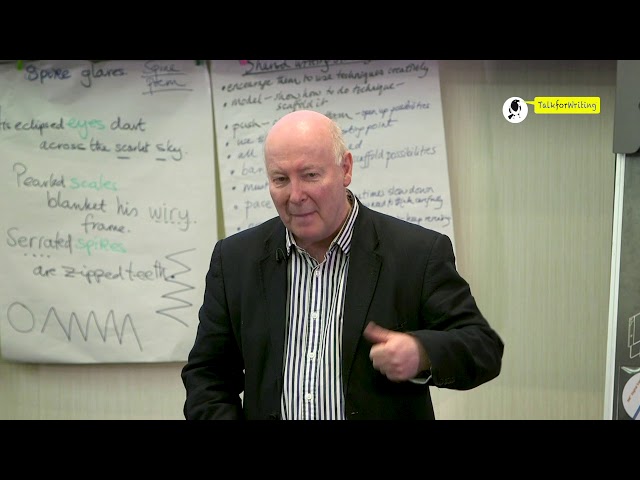
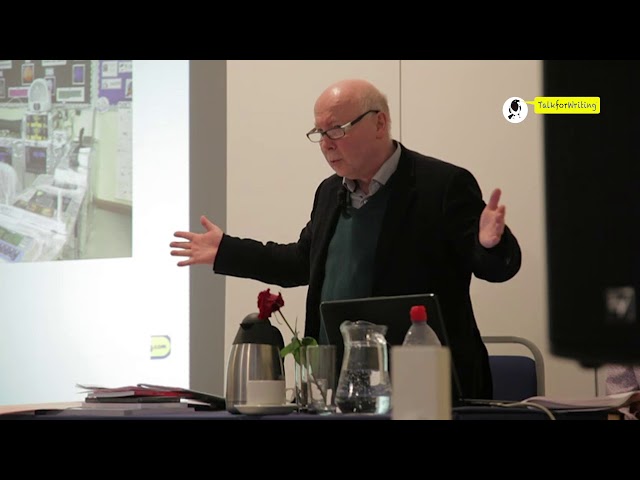
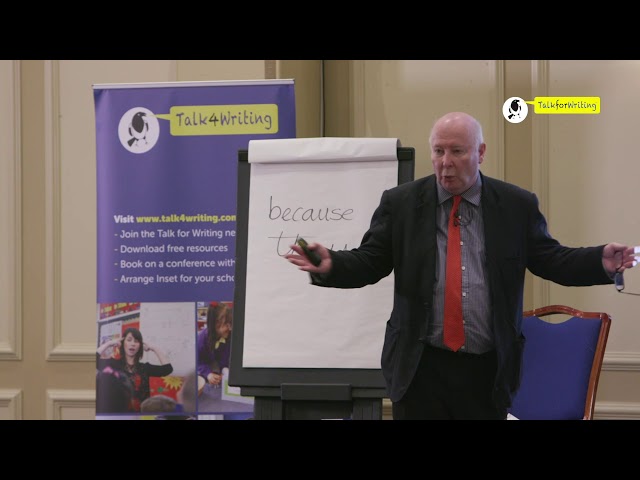
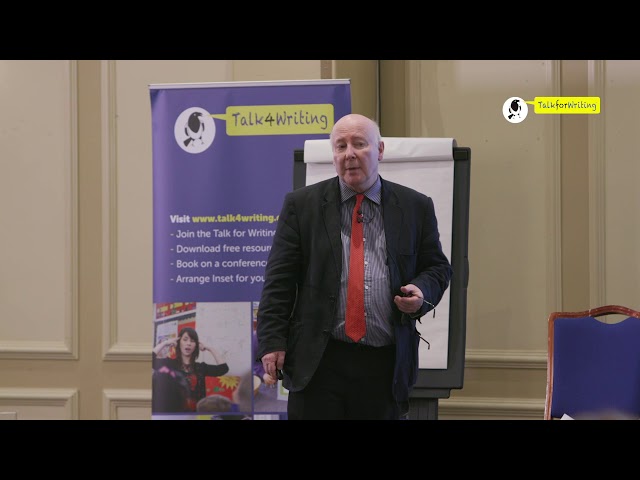
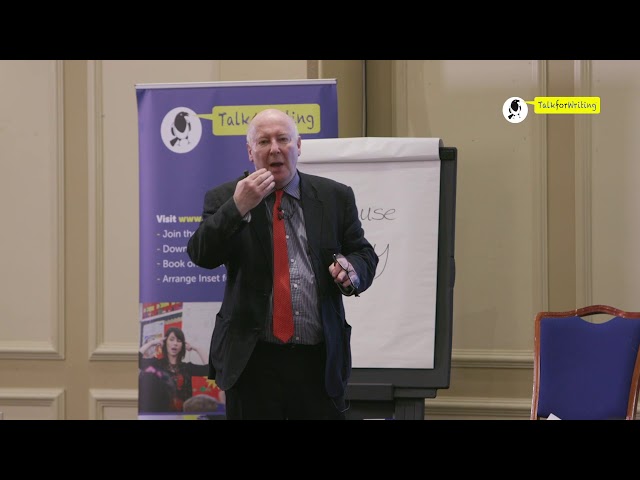
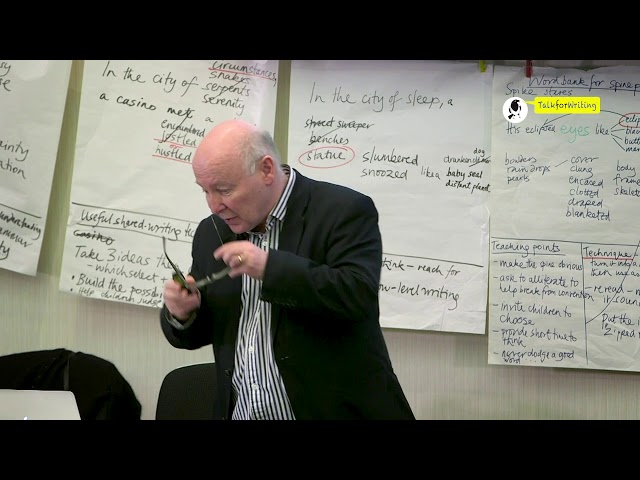
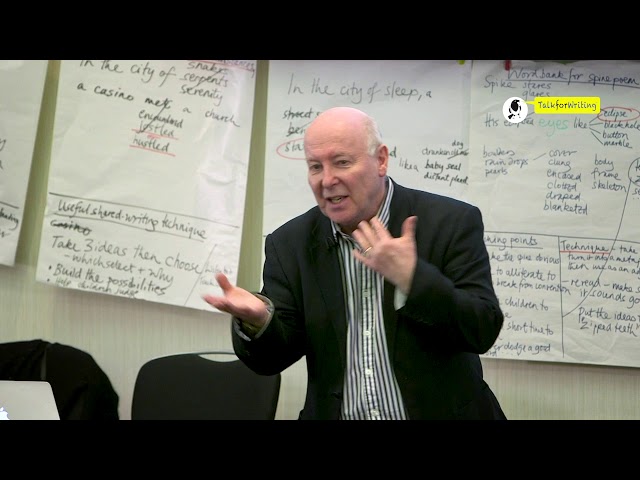
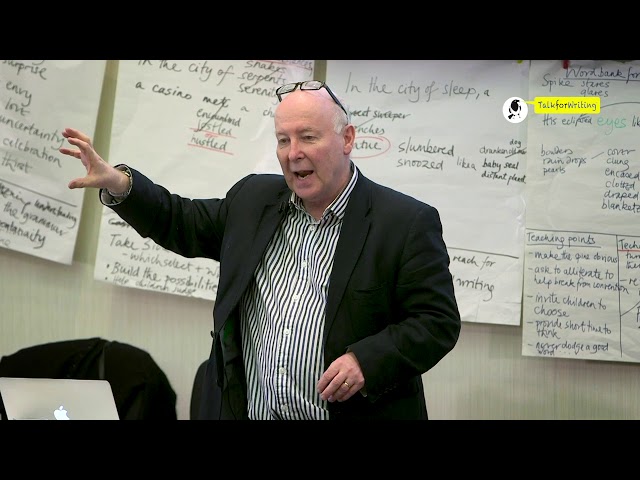
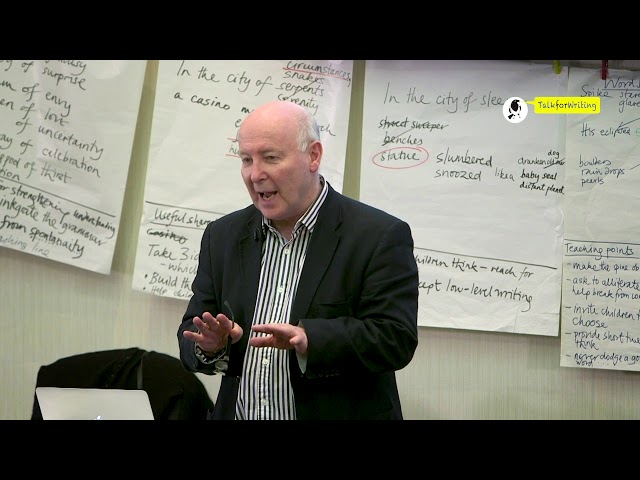
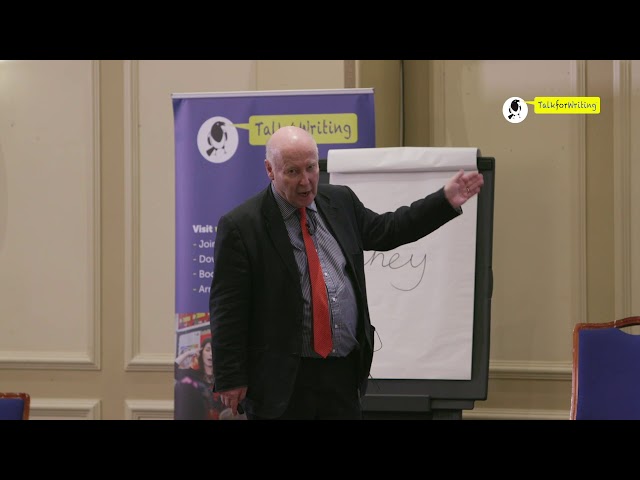
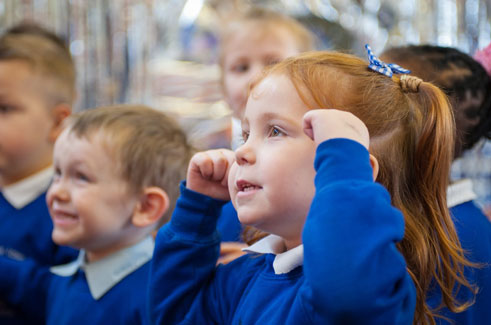
Chapter 2: Imitation Stage
Creating Storytellers and Writers Videos > Chapter 2



